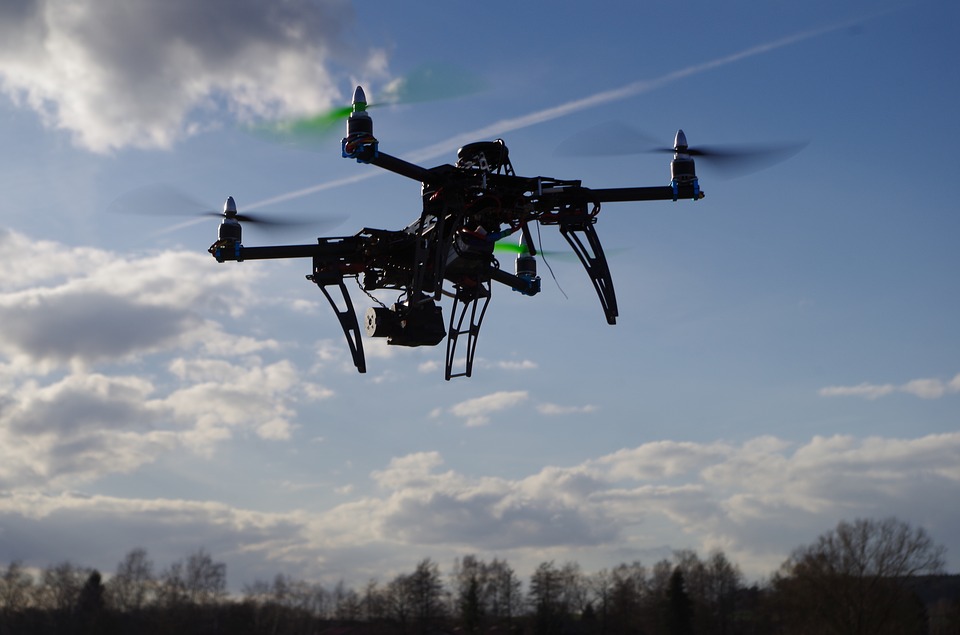This post is also available in:
 עברית (Hebrew)
עברית (Hebrew)
One of the dangerous consequences of natural disasters can be gas leakages, and their detection is a complex mission in the aftermath of storms or other disasters. Drones can play an important role in the solution to this problem. A drone-mounted, laser-based leak detection for emergency response was demonstrated in the wake of Hurricane Harvey.
Heath Consultants Inc. and Physical Sciences Inc. (PSI) developed the remote methane leak detector unmanned aerial vehicle (RMLD-UAV) which was deployed to inspect underground gas lines around Beaumont and Port Aransas, Texas, for major leakage in areas that were inaccessible to vehicles and unsafe for walking due to downed utility lines, flooding and hazardous debris. Methane is a potent greenhouse gas, from natural gas production sites.
The U.S. Department of Energy’s Advanced Research Projects Agency – Energy (ARPA-E) sponsored the development and evaluation of the technology.
The companies said the operation illustrated the benefits of the technology during situations in which typical land surveys are not possible.
According to unmanned-aerial.com, the RMLD-UAV integrates Heath’s laser-based, trademarked Remote Methane Leak Detector (RMLD) with PSI’s two-foot-wide quadcopter, which offers autonomy and all-weather operation.
The partners say the combination can implement self-directed flight patterns to continuously monitor, locate and quantify volumetric leak rates of methane.
The RMLD-UAV measures methane by sending an infrared laser light beam down from the vehicle. It relies on attenuation of the laser beam by the methane in the laser path at certain wavelengths, as compared to little attenuation at other wavelengths, the companies say.
PSI’s InstantEye drone can fly autonomously and is suited for all types of weather, and by flying circular patterns around a methane leak, the RMLD Sentry is able to deduce the leak rate and home in on the leak location.


























